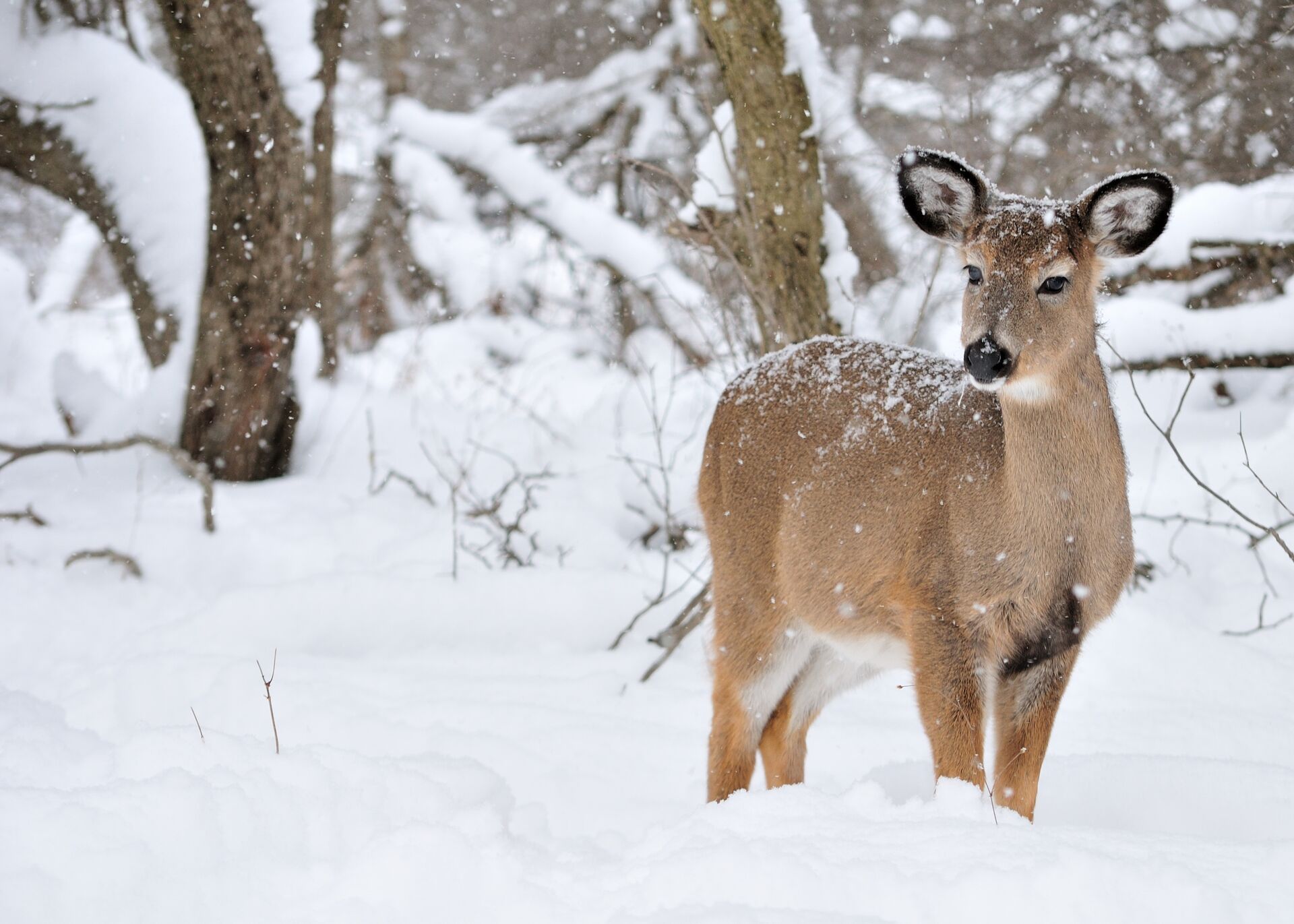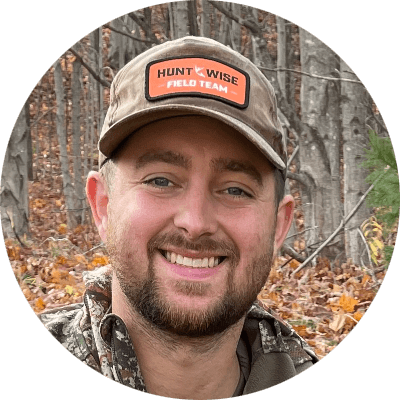For some, that might mean planting food plots and trimming shooting lanes. For others, it might mean getting boots on the ground in public hunting areas where you've been dropping pins on HuntWise all summer.
For all of us, that means making sure our gear is ready, our tags are purchased, and we have a plan to hunt not just the opener but throughout the season.
Another critical part of preparing is understanding the animals we are pursuing. This means everything from how they interact with their environment to their physical appearance.
Most deer are easy to identify. You can usually tell the difference between a rack buck and a doe with just a glance. You can differentiate between a spike and a basket rack buck. However, not all deer are as easily discernible as others.
Button bucks pose a particular challenge to identify in the field. However, with a little knowledge, you'll find that it's not as hard as some might think.
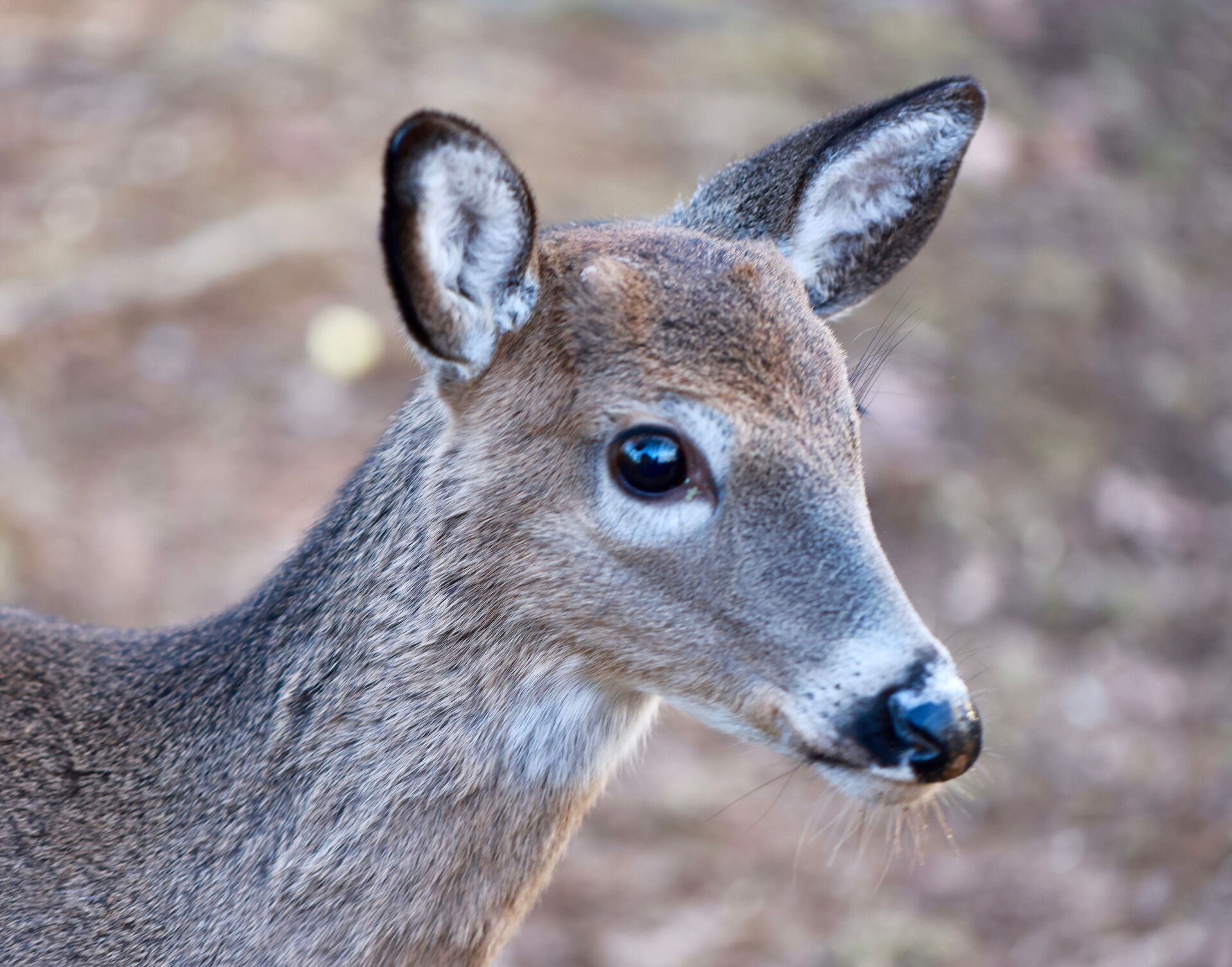
What is a Button Buck?
A button buck is a male deer around six months old. Whitetail fawns are born between late May and early June, and they're both referred to as fawns through their first year of life.
A button buck will have two nubs on its head that will someday turn into antlers. Those nubs are technically not considered antlers yet, but rather pedicles that antlers will grow from when the buck begins to grow them as he matures.
However, not all "buttons" will look the same. Factors such as nutrition and genetics will determine their size. They can appear quite large, like the knots you'd see in a Saturday morning cartoon, or they may be barely visible.
As a button buck continues to mature over the years, its pedicles will turn into antlers, and those antlers will continue to grow. As a whitetail buck reaches maturity at five and a half years old, it will have upwards of 90% of its total antler size potential.
Then, between six months and five and a half years, a buck's antlers can vary greatly. You could observe anything from a spike buck to a basket rack of six points or even a Pope and Young scoring ten points. Deer antler size will vary greatly, but the rule of peak antler size remains.
Antler growth operates on a bell curve. They start small and gradually grow larger year by year as the buck sheds and regrows their headgear. At a certain point, assuming the deer survives, those antlers will reach a peak size. After that size is reached, the deer's antlers will begin to decline over the remaining years of that buck's life.
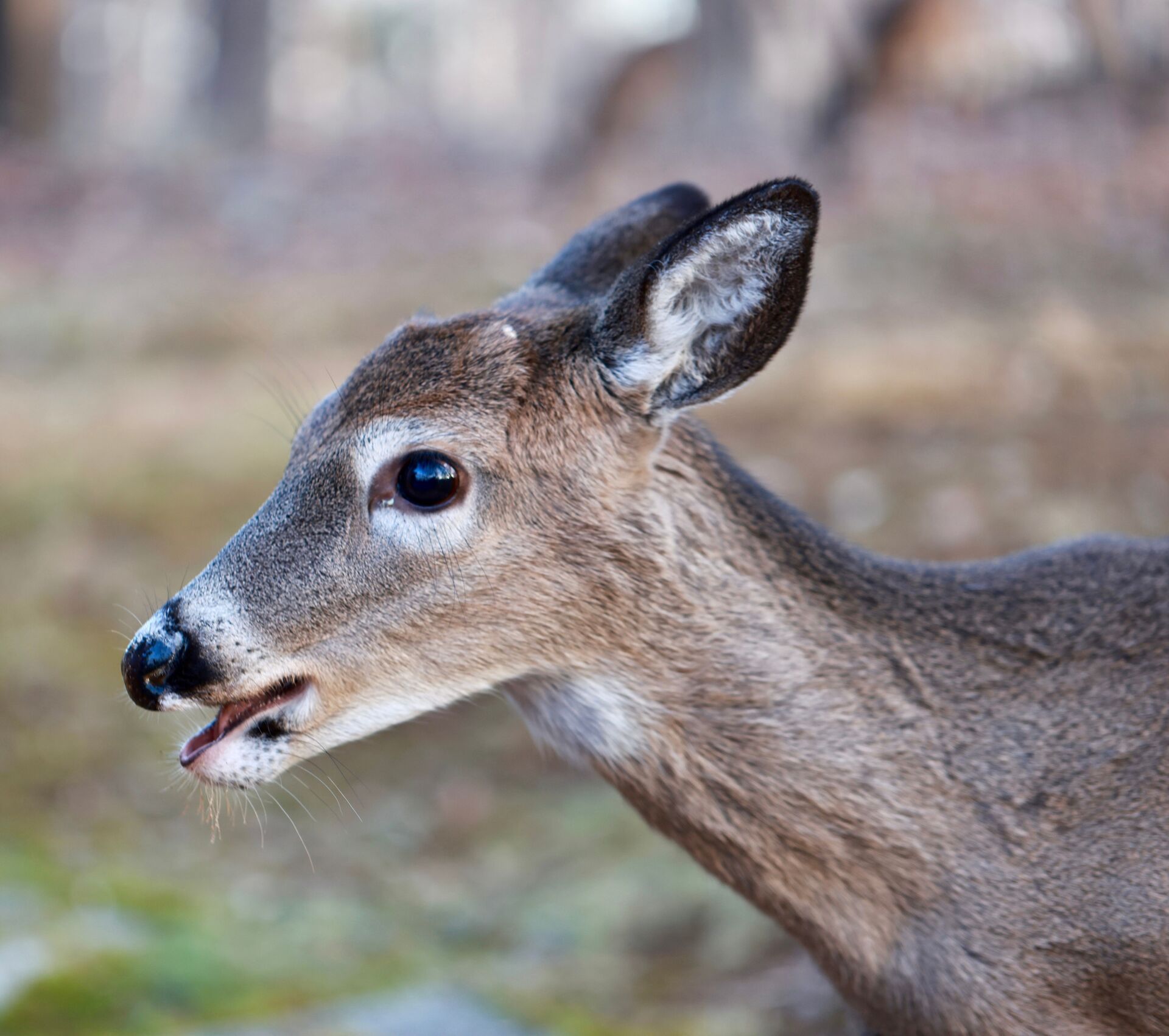
What Are the Physical Characteristics of Button Bucks?
We've already discussed the pedicles on the head of a button buck that gives the deer its signature nickname, but there are other physical appearances that can help with identification in the field.
A more mature buck would likely have a visible set of antlers that would allow you to tell that deer from a button buck – but what about deciding if the deer you're watching is a button buck or a doe? There are a few tell-tale signs.
The Snout and Head
One way to quickly decide between a button buck and a more mature deer is their snout. As deer age, their snouts elongate. This gives their faces a long and slender appearance. When deer are still young, their faces appear more compact.
Another distinct feature to identify a button buck is on top of their head; I'm not referring to their pedicles.
Button bucks have a flatter head than does. Between the pedicles of a button buck, the top of their head is flat, while does have what appears to be a small bump in the middle of their heads. This can help you to distinguish between a button buck and either a mature doe or a doe fawn.
The Body and Coat
Rather than only looking at the deer's head, you can also gather a lot of information by taking note of their body.
Older, more mature deer have a rectangular body, and younger deer have a square, compact body. I imagine this the way that I imagine their faces. Older equals longer, more stretched out; younger means shorter and more compact.
In addition, you should make note of the coat of the deer you're watching. Younger deer, including button bucks, will have a coat that's usually a solid color.
As deer age, their coats begin to age, as well. You might notice graying or areas that appear rough in their hair. Younger deer, simply put, have a coat that appears cleaner.
Button Buck Behavior
Imagine button bucks as the rambunctious toddlers of the deer herd. They're curious, playful, and generally more carefree than the other deer.
A button buck might come into view in a hurry and appear to get distracted by various things. Remember the scene in Bambi where he follows the butterfly until he meets his soon-to-be rabbit best friend, Thumper? I don't expect you'll watch a button buck chase a butterfly across the meadow, but you might see different things grab his attention similarly.
Conversely, older deer are more cautious and weighted in their decisions. An old doe will likely walk slowly into view and really take her time to decide if the situation is safe. She might be more quick to respond in a negative way to sound or to movement.
They say actions speak louder than words, but in this instance, actions might speak louder than physical appearance. If you can't quite decide if you're looking at a mature doe or a button buck, pay close attention to how the deer acts.
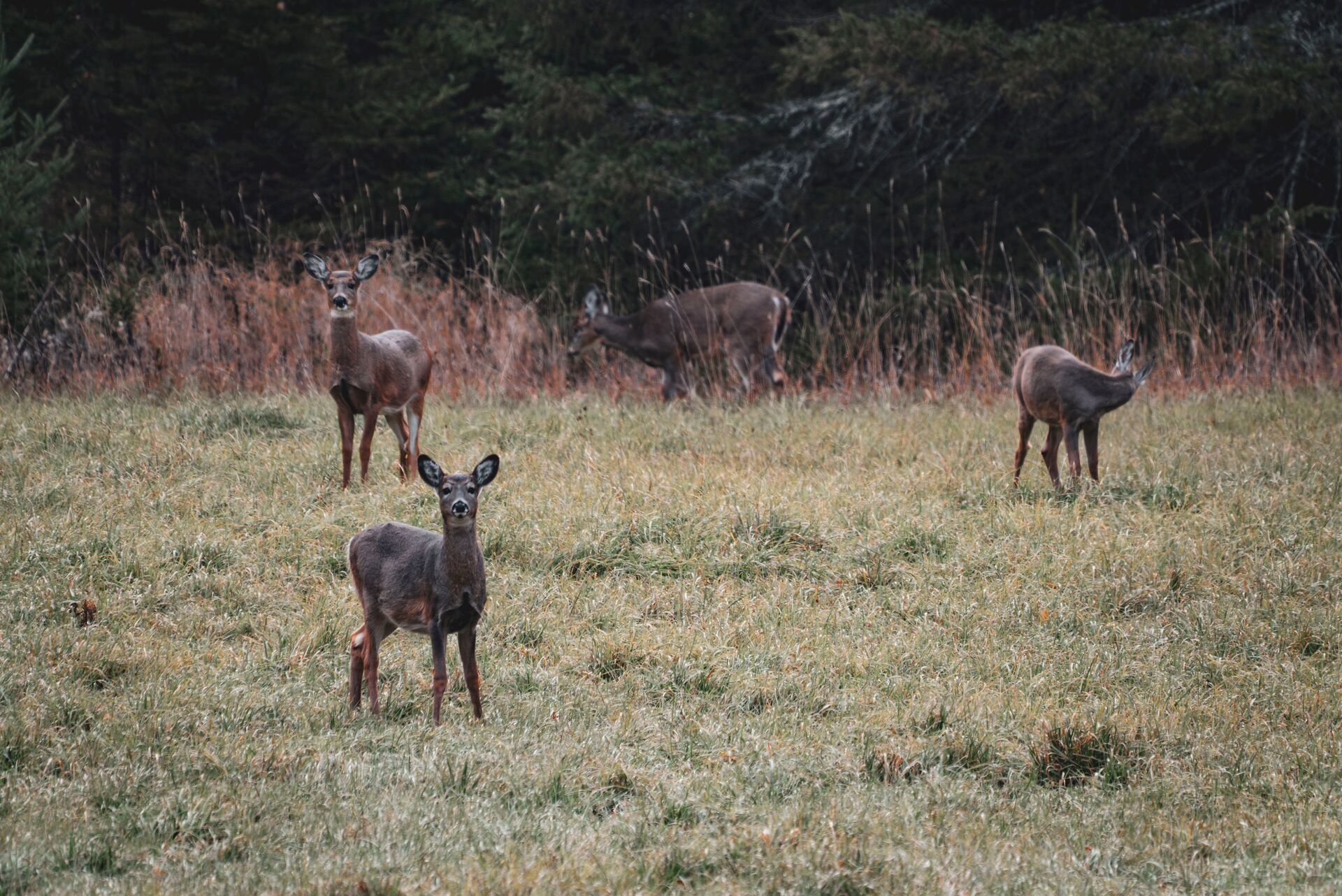
Watch Interactions With the Herd
In addition to how button bucks act themselves, you can also use how they interact with the rest of the herd to discern their young age.
Usually, unless the does have already chased them out of the herd as they prepare to breed, button bucks will stick close to the does and continue to learn from them. At a certain stage of their lives, a button buck will leave their mom and begin to branch out on their own. Until then, they'll continue to gather as much knowledge from the older members of the herd as they can.
You might notice a button buck following older, wiser deer instead of just running ahead of the group. Just like our parents held our hands as we crossed the street until we were old enough to do it on our own, older deer also figuratively held the hands of the younger members of their herd. Watch for those subtle interactions between the mature deer and the button buck you're making a specific identification of.
Button bucks have also been observed "participating" in the rut. If you check HuntWise and notice that RutCast is showing, you can expect to see rut activity – and you might notice button bucks chasing around.
However, they likely won't have the same conviction as a more mature buck. Consider this practice for them; they'll simply be going through the motions.
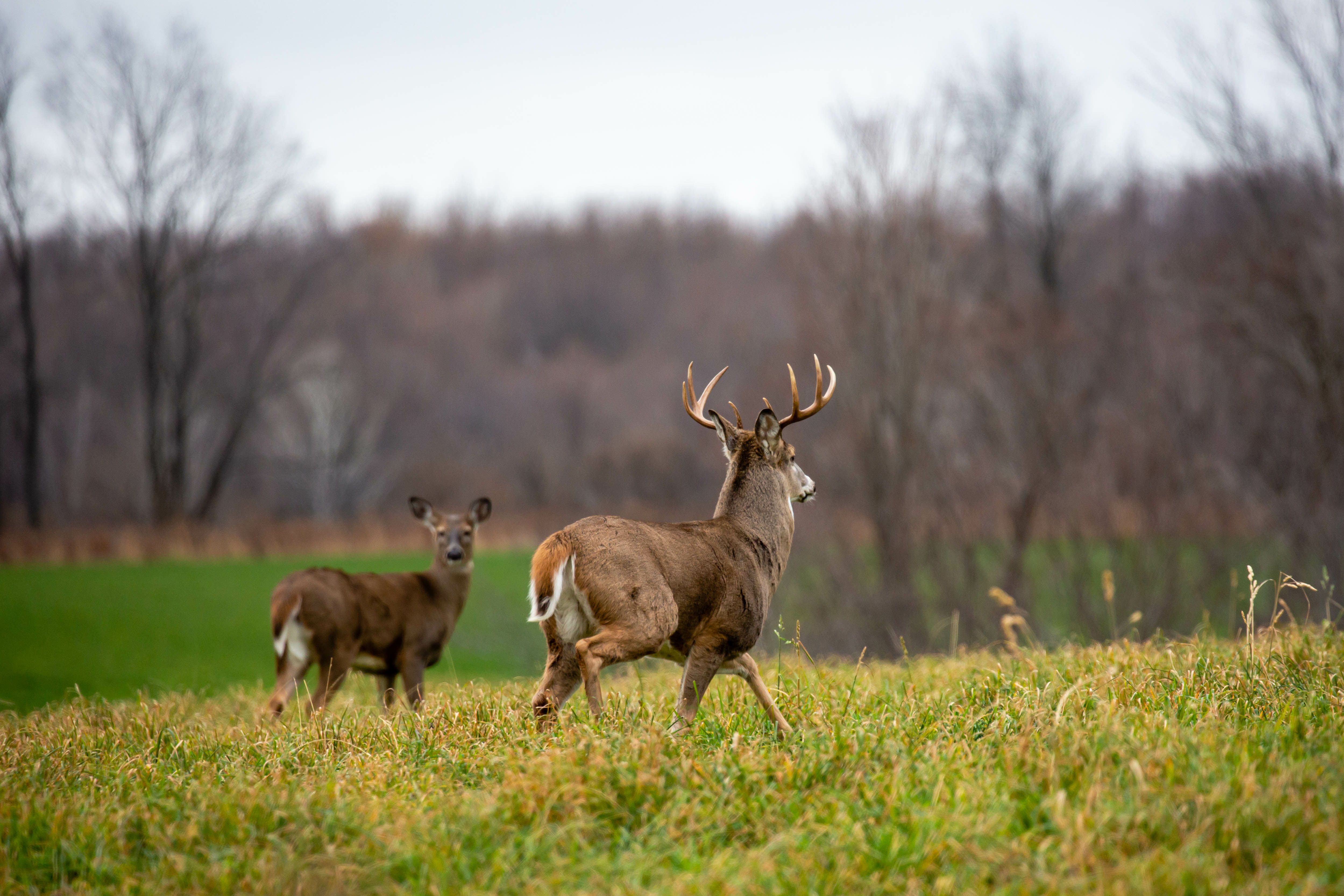
Apply Ethical Hunting Practices
I fall firmly in the category of hunt your own hunt. You should harvest the animals that get your heart pumping. However, we should all be aware of the ramifications of our decisions while in the field.
From a legal standpoint, it's essential to understand how your state identifies button bucks. Some states consider them antlerless deer, while others consider them an antlered buck. This distinction is important, not only for how you would tag the deer in the event you did decide to harvest it but also in your decision whether or not to harvest.
For example, if you're only allowed one buck tag, you might opt to save it for a deer with more than buttons for antlers. HuntWise is a great tool to check your state's regulations to make you are prepared when venturing into the woods.
Your Goals
Beyond the legalities of taking certain critters, there are also your goals and desires to keep in mind. I mainly consider myself a meat hunter, but I love big bucks and take time to target them. However, I'm trying to feed my family first and foremost.
So, I fully understand the motivation behind taking the first deer that presents a shot, but there are other things to consider before sending an arrow or bullet toward the vitals of an animal.
In my area, our buck-to-doe ratio has been off for quite some time. It's common to go several days without seeing a buck, while at the same time having dozens of does walk by you.
In fact, the Michigan DNR sent out emails during the summer of 2023 strongly encouraging people to harvest does to try and help with population balance. Because of this, I try to make sure that the deer I'm going to harvest is a mature doe and not a button buck. Those button bucks will grow and help to balance the ratio of bucks to does within the deer herd.
Meat Yield
Something else to consider before harvesting a button buck is the meat yield.
If you are looking to punch a tag to put meat in the freezer, a mature doe will give you considerably more meat than a button buck. It's obvious, but the bigger the deer, the more meat you get to stash until next season. Understanding how to properly tell if a deer is a button buck or a doe is critical to making informed decisions regarding the deer you decide to harvest.
In my own hunts, I've had to take the time to double-check whether a deer was a doe or a button buck. In particular, I was at full draw once with my pin on the vitals. Before I touched off my release, another deer came into view from my peripheral vision.
I looked at the deer as it was coming in and noted its size. It was much bigger than the deer I was moments from harvesting. I slowly let down and took the time to analyze the smaller of the two deer more closely.
It didn't take long for me to notice the two bumps on top of his head when the button buck turned to see what made the noise from the tree 20 yards away. Thankfully, the mature doe that came in forced me to take a minute before letting an arrow fly.
With how I try to manage the deer where I hunt, killing a button buck would be a bummer.
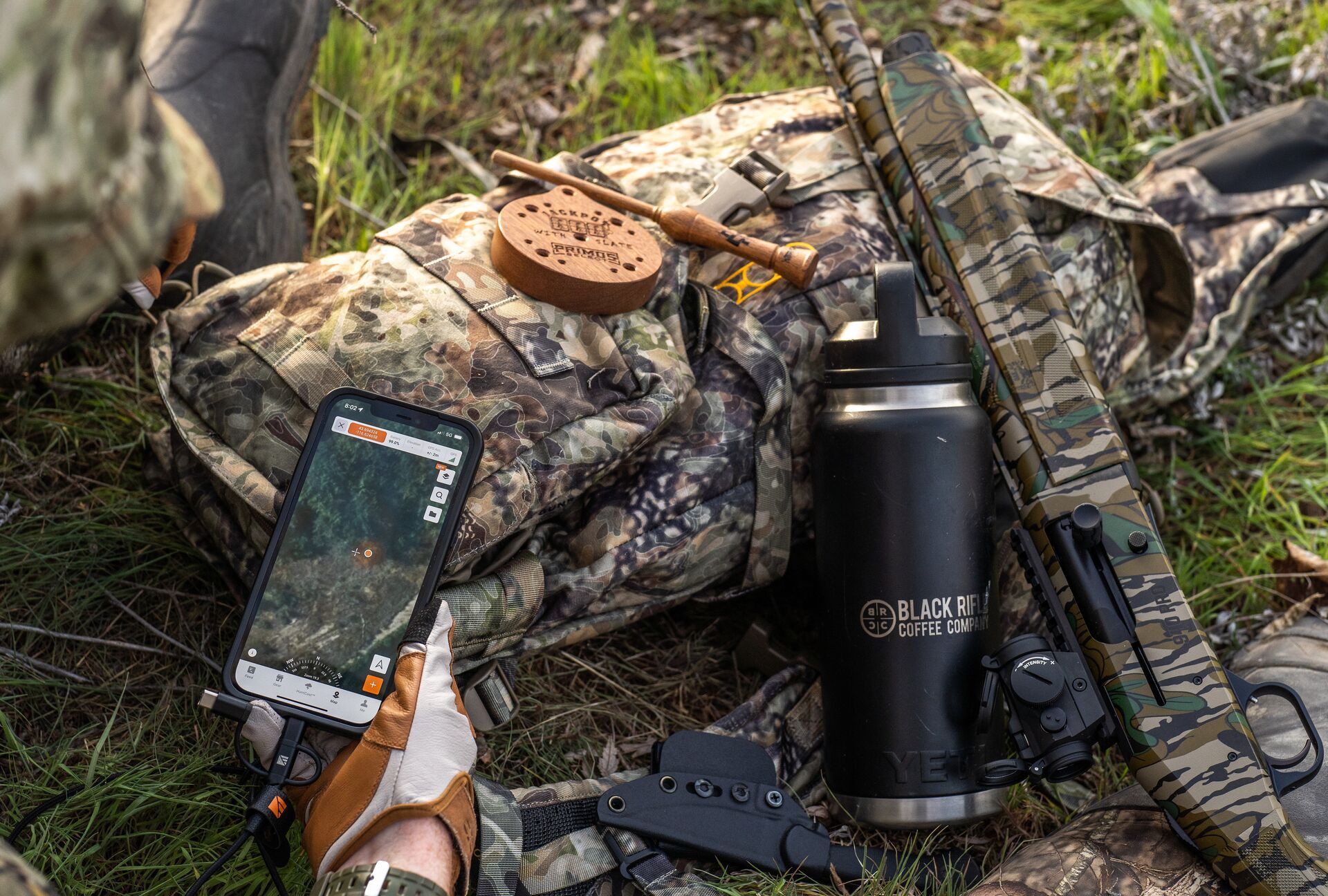
Use HuntWise to Target the Best Game This Season
Part of being a successful hunter is having an adept understanding of the game you're pursuing. To the untrained eye, spotting a button buck might be one of the more difficult things to discern. However, with practice and time afield, it will get easier.
The best thing you can do to prevent taking an animal you'd rather let live another year or two is to take your time. Enjoy the moment, observe the deer, let them get close, and get comfortable before you take your shot. At the end of the day, a deer walking out of your life is better than harvesting one you'd rather let go.
As stewards of the land, it's our responsibility to make our decisions based on what we believe is best for us, as well as the population of animals we're pursuing.
As you get ready for the open season in your area, take the tips we've shared today and the HuntWise with you for a successful hunt! With HuntWise, you can mark your hunt areas and e-scout ahead of time. You can also mark where you've seen deer on your trail cams and track activity to help hone in on the buck you want to bring home.
Download HuntWise and try every feature free for a week!

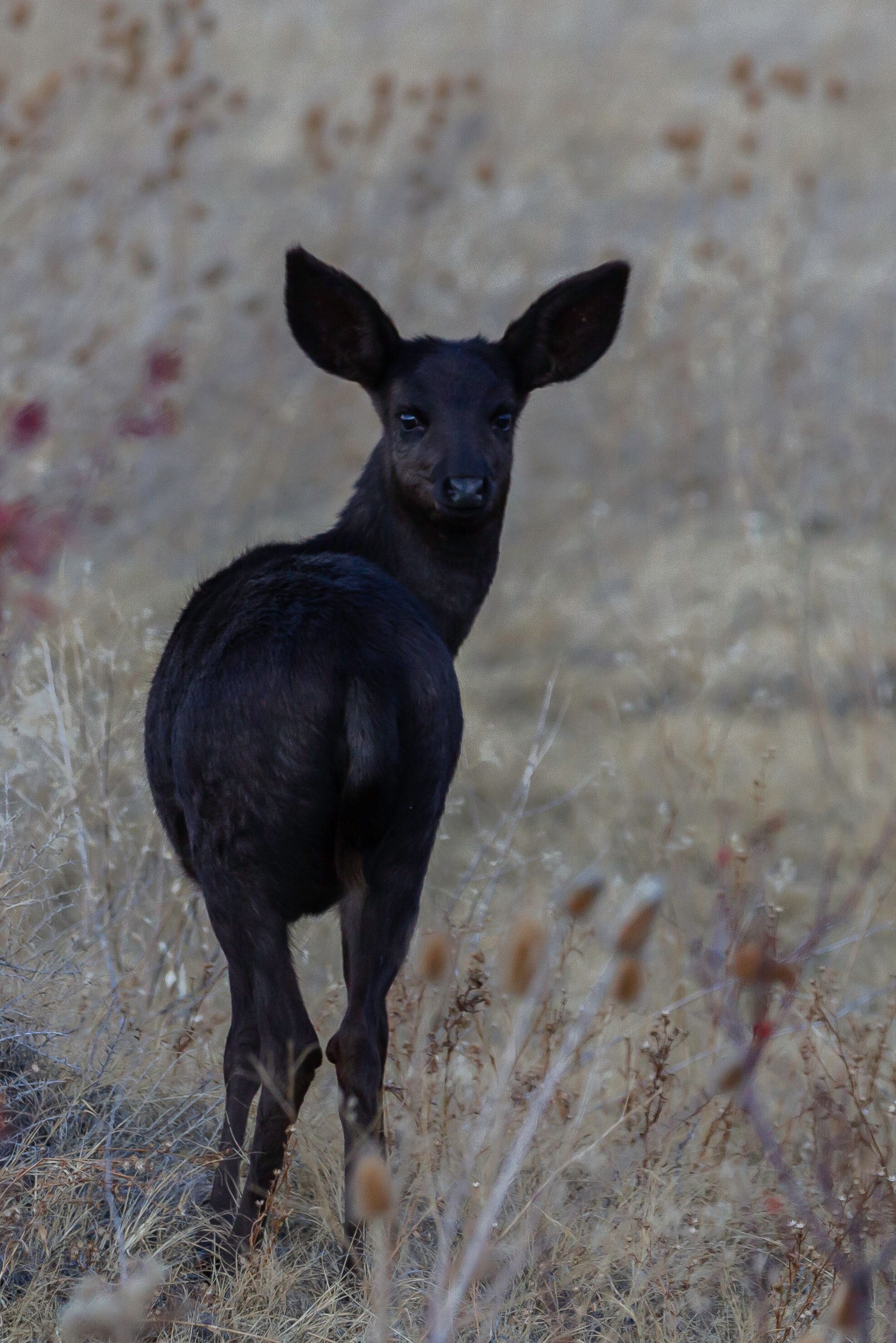
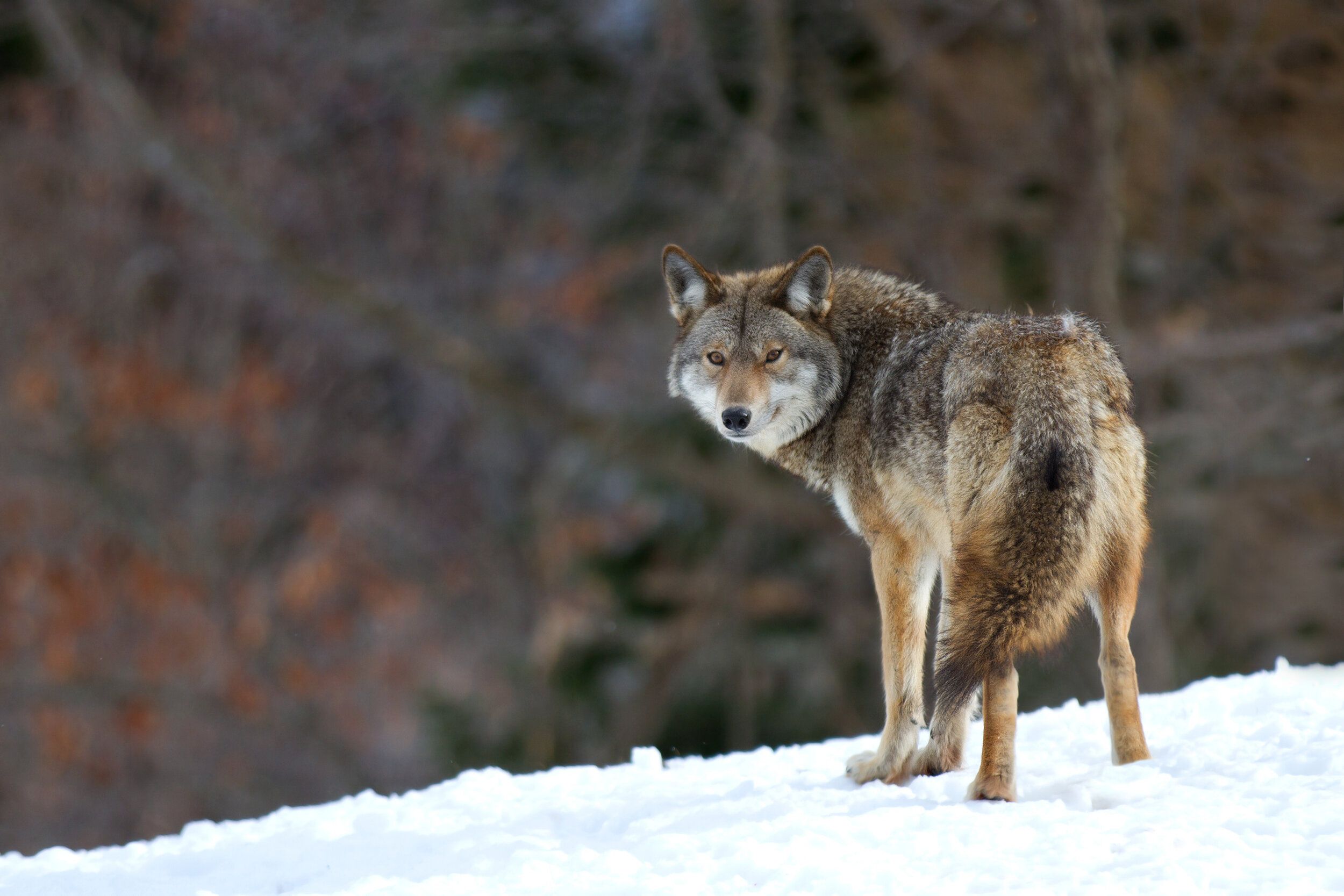
 Deer
Deer Deer
Deer Deer
Deer